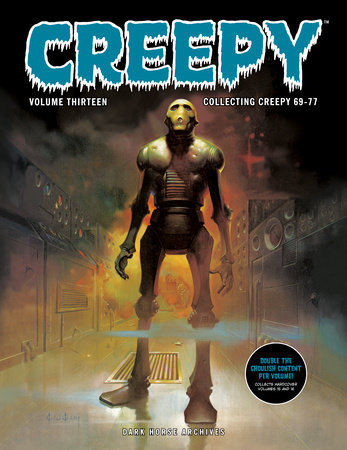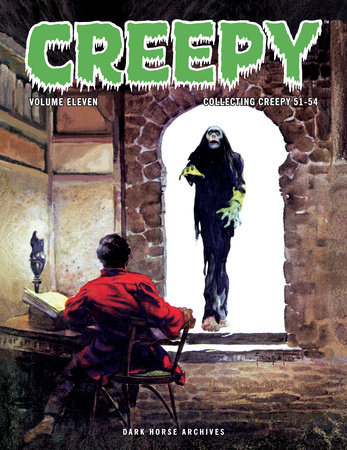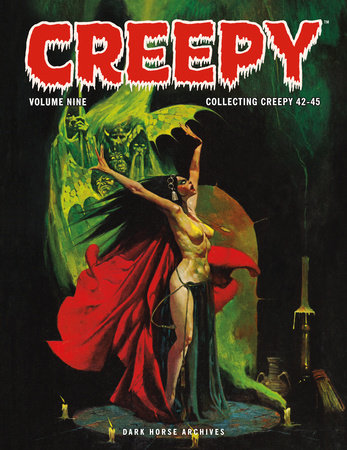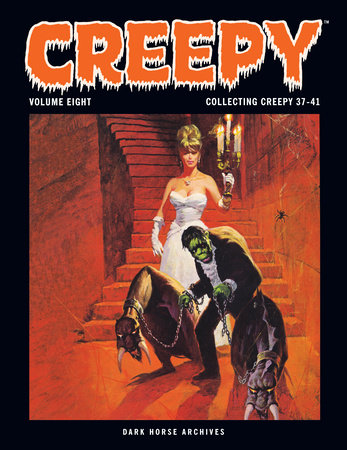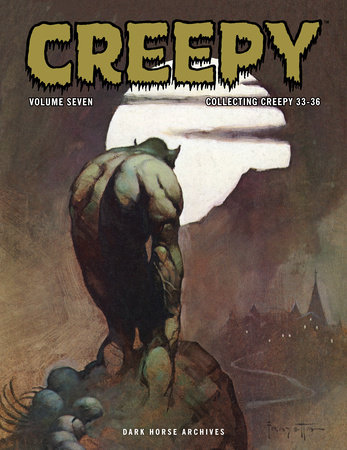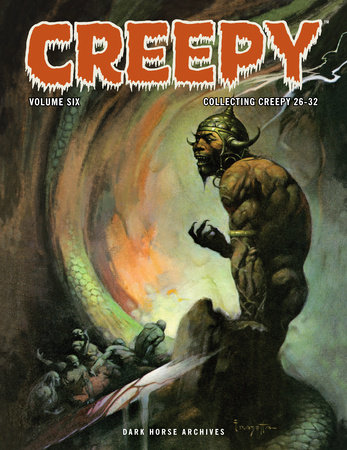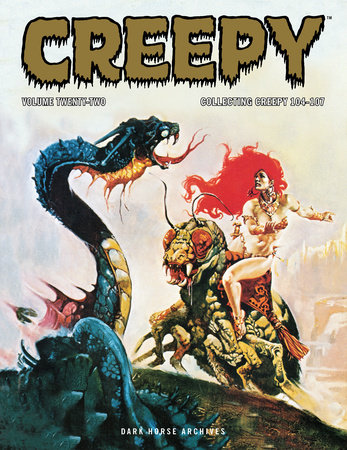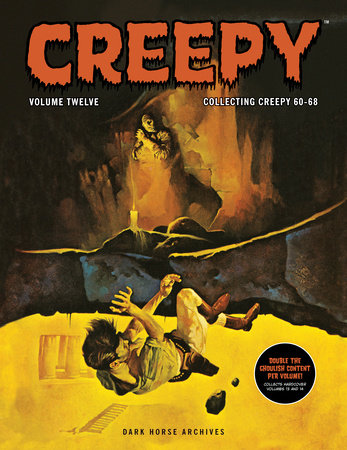
Creepy Archives Volume 12 (Double-Sized Volume)
Written by Richard Corben, Doug Moench, Steve Skeates, Gardner Fox, others; Illustrated by Richard Corben, Reed Crandall, Sanjulian, others; Cover by Sanjulian
Paperback
January 6, 2026 | ISBN 9781506749686
AmazonBarnes & NobleBooks A MillionBookshop.orgHudson BooksellersPowell'sTargetWalmart
About the Book
Collecting nine full issues of Warren Publishing's legendary Creepy horror anthology, previously compiled in Dark Horse's hardcover volumes 13 and 14.
LEGENDARY CREATORS OF LEGENDARY TERROR!
In this double-sized volume, Creepy presents classic tales by Bernie Wrightson, Bruce Jones, John Severin, and more, as the esteemed horror magazine hits another fruitful period of frightful delights! This volume includes several color pieces by Richard Corben, Sanjulian, and Ken Kelly—with black-and-white stories throughout by Bernie Wrightson, Tom Sutton, José Bea, Bill DuBay, Jose Gual, Martin Salvador, and many others.
This archival collection is a perfect repast for those starving for a ferociously macabre feast!
Collects Creepy magazine #60–#64 and #66–#68, and the cover for Creepy #65, a reprint issue of stories that were collected in past Eerie Archives volumes.


